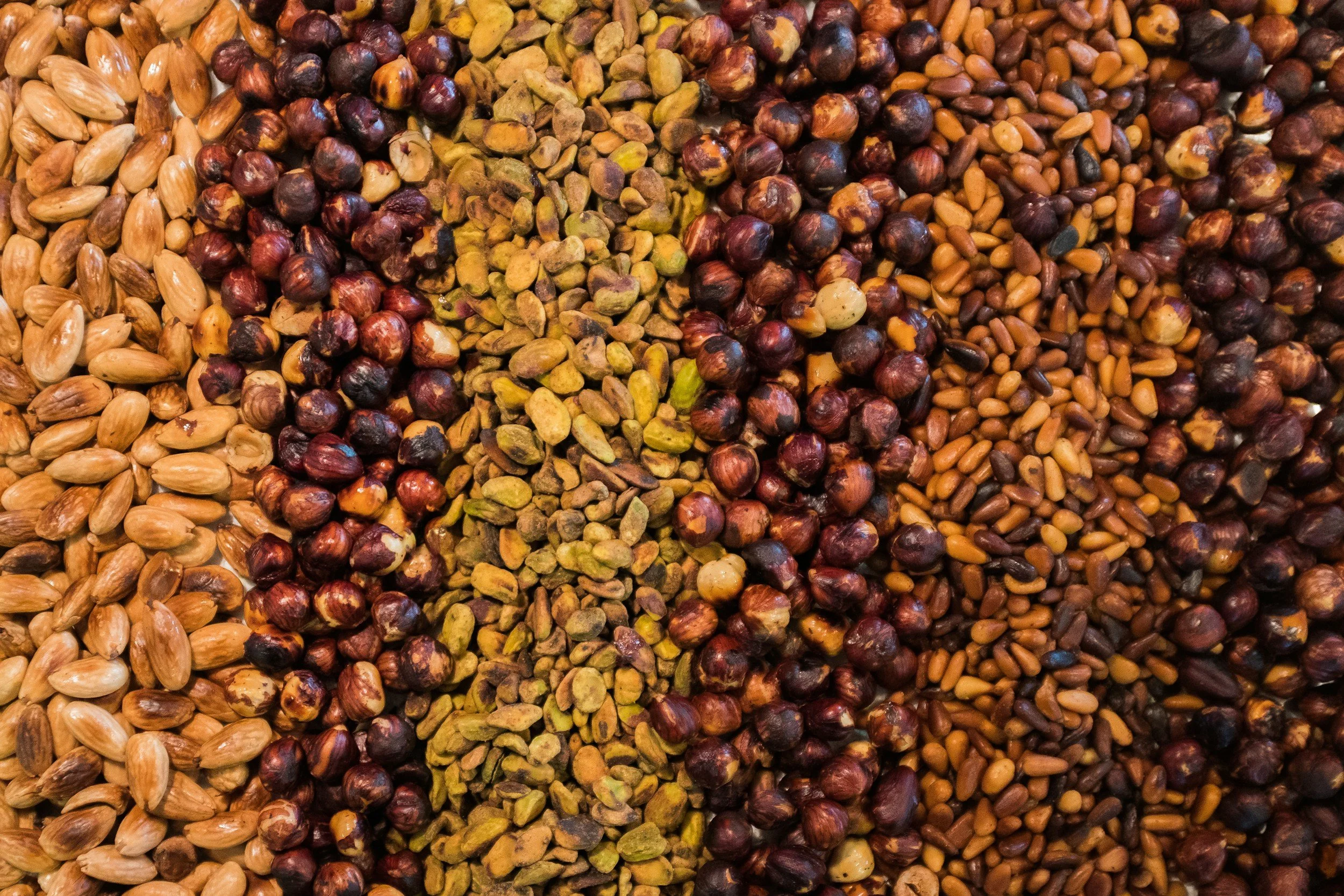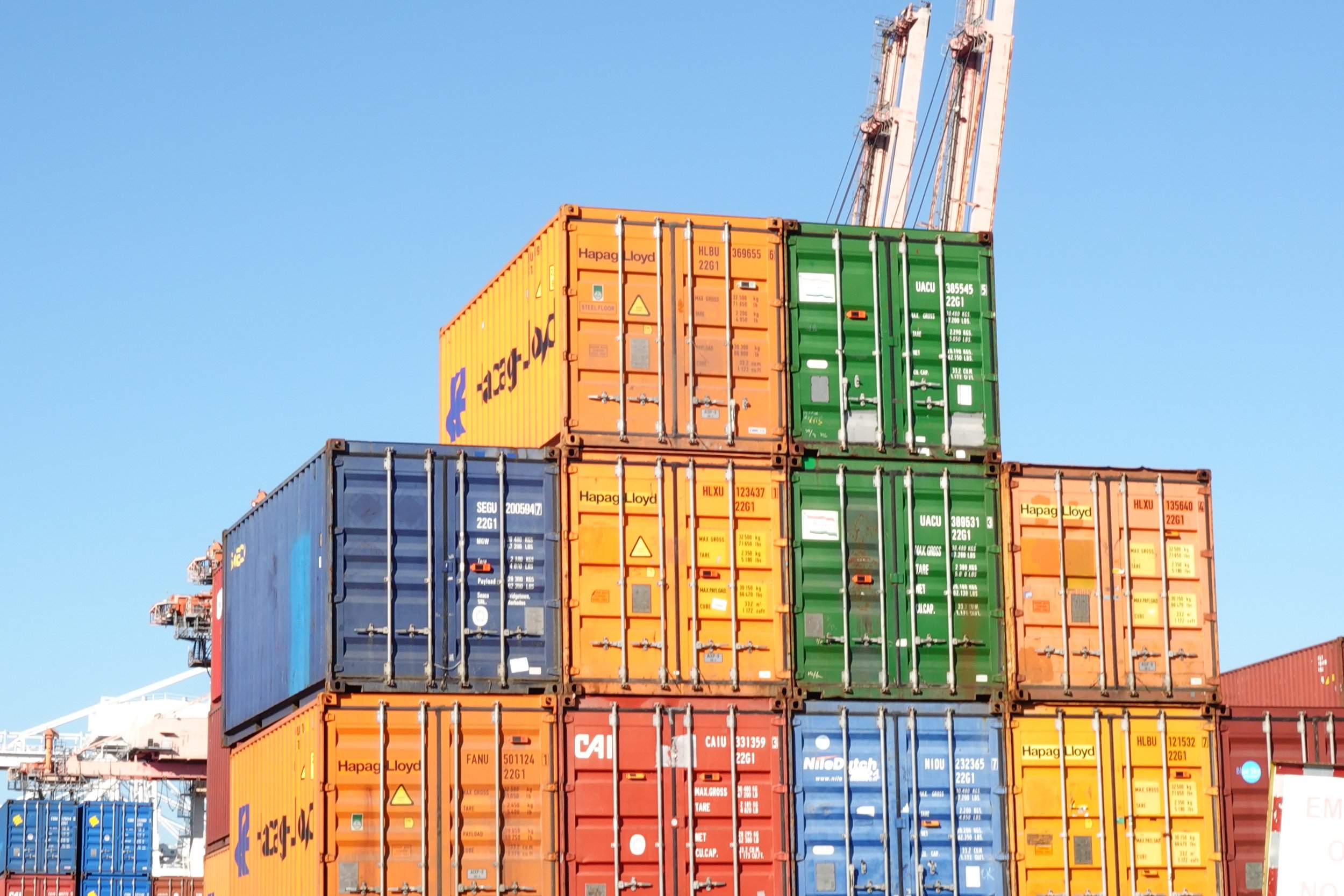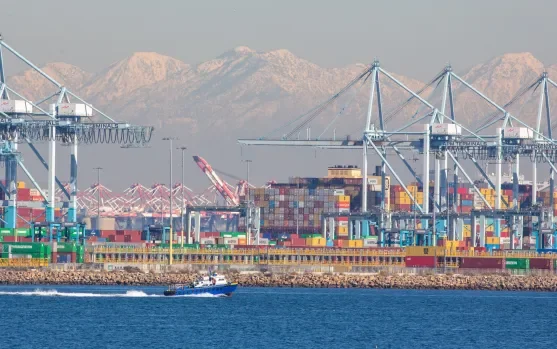
Facts & Figures
Latest Volumes
In September 2025, the Ports of Los Angeles and Long Beach saw declines in container volumes year-over-year, but still posted gains compared to 2019. Other major U.S. and Canadian seaports showed divergent trends. Explore full port comparisons and regional performance in this latest analysis.
In a new executive order, the U.S. imposed higher tariffs on imported kitchen cabinets and bathroom vanities, aiming to protect domestic industries. But these levies could also reduce container traffic through major gateways like the Ports of Los Angeles and Long Beach. Explore trade shifts, sourcing changes, and port impacts in this analysis by Natasha Villa.
With China halting U.S. soybean imports, shipments to alternate buyers like Egypt, Germany, Indonesia, and Japan are rising—but not enough to fully compensate. Explore export trends, port flows, and market impacts in this deep dive
California’s almond, walnut, and pistachio exporters are redirecting more cargo through Southern California ports and Houston, reducing Oakland’s historic share. Learn why logistics, rail links, and market dynamics are driving this shift in U.S. agricultural export flows.
In August 2025, the Ports of Los Angeles and Long Beach handled nearly 945,000 inbound loaded TEUs—down 2.2% year-over-year but up 24.3% vs. 2019. Get a full breakdown of U.S. port volumes, inbound/outbound trends, and YTD comparisons in our latest data release.
In August 2025, San Pedro Bay ports handled 944,832 inbound loaded TEUs, a 2.2% decrease from the previous year but a 24.3% increase from 2019.
In July 2025, U.S. West Coast ports accounted for 37.2% of U.S. containerized import tonnage, with the Ports of Los Angeles and Long Beach capturing 28.8% of the share. This marks a slight year-over-year decline from 37.8% in July 2024. Notably, the LA/LB ports increased their share of containerized import tonnage from East Asia by 1.3 percentage points, reflecting their continued dominance in trans-Pacific trade.
July 2025 TEU report: LA and Long Beach hit record volumes while Oakland and Vancouver surge. Explore U.S., Canada & Mexico port trends.
USWC ports see steep drop in China trade—imports down over 25% and exports off more than 65% since pre-COVID levels.
California truckers face record diesel prices, paying 35% more than Houston and far above East Coast and Gulf Coast averages. Diesel for drayage in California tops $5/gal, driving up trucking costs at LA, Long Beach, and Oakland ports.
June 2025 TEU data reveals key shifts in U.S., Canadian & Mexican port volumes, West Coast shares, and global container trade trends.
The story behind 53-foot containers on U.S. highways—how the 1982 STAA law and Rep. Glenn Anderson changed trucking forever.
West Coast ports see volatile market share in U.S. container trade as tariffs, labor risks, and East Asia imports drive shifting cargo flows.
Container dwell times at the San Pedro Bay Port Complex remained consistent through November 2025, reflecting ongoing operational stability as the holiday season reached its peak. Both truck- and rail-destined cargo continued to move efficiently, supported by sustained coordination among marine terminal operators, drayage partners, and rail providers.
In September 2025, San Pedro Bay ports maintained efficient operations with truck dwell times averaging 2.75 days and rail dwell times at 3.98 days.
Track August 2025 container dwell times at the Ports of Los Angeles and Long Beach. Local truck dwell averaged 2.73 days and rail dwell improved to 4.98 days, reflecting efficient cargo flow and strong supply chain coordination at the nation’s busiest port complex.
July 2025 dwell times at the Ports of Los Angeles & Long Beach stay efficient — truck dwell ~ 2.87 days, rail ~ 5.18 days — despite record-breaking cargo volumes.
Explore June 2025 dwell time data for the San Pedro Bay ports. Learn how improved rail and truck cargo movement at the Ports of LA and Long Beach reflects continued operational efficiency.
May 2025 dwell times at the Ports of Los Angeles and Long Beach held steady, with rail cargo averaging 4.70 days and truck cargo just under 3. Learn how consistent terminal operations are supporting resilient supply chains amid global trade uncertainty.
Dwell times at the San Pedro Bay Ports improved in April 2025, with rail-destined cargo averaging 4.72 days - the lowest since April 2024. Truck-bound containers remained stable at 2.78 days for the twelfth consecutive month. This consistency reflects continued coordination and efficiency across the supply chain, even amid shifting trade volumes.
March 2025 dwell time data shows improved rail container movement at the Ports of Los Angeles and Long Beach, with rail dwell times dropping to 6.75 days and truck times remaining steady, according to PMSA.
Dwell Times
Reports & Studies
By Tim Jemal, CEO, Supply Chain Federation
A Ramboll study commissioned by the Supply Chain Federation finds California’s Warehouse ISR adds high costs with no emission gains—threatening jobs & supply chains.
By Gene Seroka & Mario Cordero, Port of Los Angeles, Port of Long Beach
Ports of LA & Long Beach propose ‘CAAP Plus’—a cooperative, enforceable plan to cut port emissions faster than SCAQMD’s PR 2304 rulemaking approach.
John Wolfe, CEO for the Northwest Seaport Alliance
Recently the Ports of Seattle and Tacoma and the Northwest Seaport Alliance released a first of its kind collaborative effort to measure the statewide economic impact of our Puget Sound ports. From the airport, to our marine cargo gateway, from the fishing fleets to the ecosystem of industrial lands that support all our port’s activities, these ports have a regional to global impact.



















































